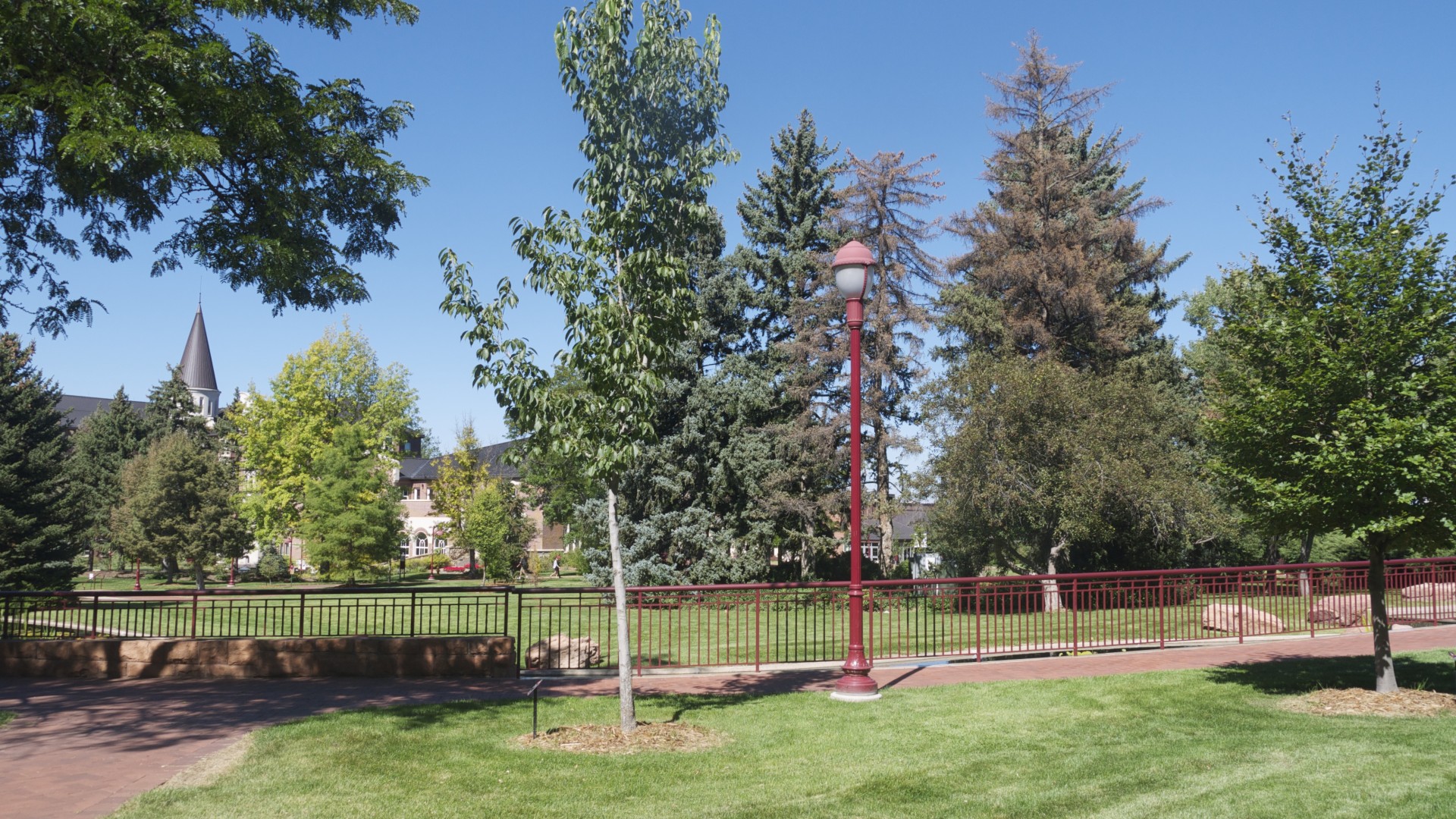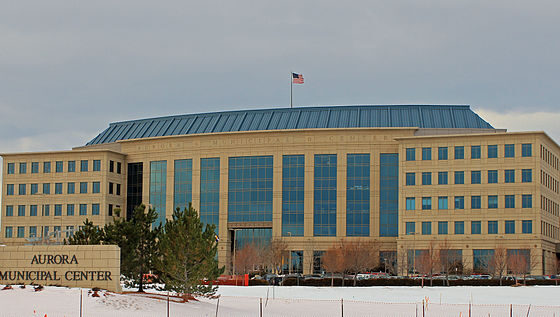Like many universities nationwide, DU boasts a high price tag for tuition. With over 12,000 students and 1,281 faculty, it is no surprise that this institution is nothing short of an expensive enterprise.
For the 2015 Fiscal Year (FY), DU raked in approximately $431,198,430. Currently, the financial statements for the 2016 FY have yet to be released. According to Linda Kosten, the Senior Associate Provost, the change in incoming revenue from the 2015 FY to 2016 is proportional to the recent increases in tuition.
According to the 2015 FY financial report, DU obtained over $293 million from tuition and fees and over eight million in private gifts. DU also received $25 million from grants and $800,000 from endowment income. The University also amassed a total of over $68 million in revenue from other sources.
With over $400 million in revenue, how exactly does the university spend all of its money?
DU has a rather complicated budget that is broken down into instruction, research, public service, academic support, student services and institutional support. Overall, DU spends over $300 million per year, or $30,000 per student, according to the University’s Financial Statements and IPEDS 2014 Peer Analysis Report.
According to The IPEDS 2016 Glossary, instructional expenses refer to all expenses related to “the colleges, schools, departments, and other instructional divisions of the institution and expenses for departmental research and public service that are not separately budgeted.” This includes “academic instruction, occupational and vocational instruction, community education, preparatory and adult basic education and regular, special and extension sessions.”
This category does not include expenses for academic faculty, whose main function is administrative in nature. According to the financial statements, DU spent $157,7433,455 on instructional expenses. This can be broken down further into all operation expenses, totalling $148,337,704, and maintenance expenses (otherwise known as Plant) of $148,377,704. This all equals about $14,380 per student.
Research expenses include expenses that will produce research results. This section includes research centers and research projects. In this category, DU spent $14,832,649. Like the instructional expenses, this expense category can be further split into total operation costs, which totaled $13,069,928, and maintenance costs of $1,762,721. This all equals approximately $1,500 a student.
Next on the expense report are the public service expenses. This expenditure covers the costs of activities that serve non-instructional service to those outside the institution, which includes expenses related to conferences, institutes and advisory services offered to individuals or groups of the community. In this case, DU spent $5,918,610 or $398 per student. Similar to the other categories, public service can be split into operations, $5,839,706, and maintenance, $78,904.
Academic support includes all expenses related to the services that help to support the educational processes here at DU. This includes maintenance of libraries and museums, the use of facilities that support the academic functions of the university and the support of education and academic administration. DU spent $64,899,658, or $5,986 per student. Under operational costs, DU spent $63,637,025, and under maintenance, they spent $1,262,633.
Student services costs cover the services which provide emotional, social and cultural support to students outside of the formal educational program. This category covers the costs of intramural athletics, student organizations, student activities and the expenses for admissions and the registrar’s office. DU has spent $50,542,480, or $4,375 per student, and paid out $47,046,757 in operations costs and $3,495,723 in maintenance costs.
Finally, institutional support costs cover the day-to-day costs of running the university. This includes expenses for general administrative services, costs of long term planning, space management, legal and fiscal operations and logistical services. DU spent $52,049,808, or $4,310 per student. Operational costs were $50,493,404 and maintenance costs were $1,556,404.
The basic outline of DU’s spending totals up to about $345,986,660 in educational and general expenses. However, DU must also cover auxiliary enterprises, which are enterprises that are self-sufficient in that the school charges students the cost of running these enterprises. These auxiliary enterprises are residence halls, food services and student health services. DU brought in $34,110,542 and spent $36,110,064. When combining auxiliary costs and educational expenses, DU spent a total of $382,096,724 in the 2015 FY.
The main expenditures are related to faculty costs and instructional resources. According to IPEDS 2014 Peer Analysis Report, DU pays less money per student ($30,949) than comparable private institutions such as Colorado College ($48,601) and American University ($34,869). Tuition and cost of attendance follow a similar pattern.
According to Kosten, DU continues its efforts to meet all demonstrated need while fulfilling faculty competitive wages and offering an affordable education.











